In 2010, when Carbon Media won the coveted Indigenous Governance Award, I knew we had broken the mould in demonstrating that Indigenous governance exists across all sectors, not just in communities and not-for profit organisations.
It was this success that had led Awards Chair Professor Mick Dodson to invite me to the United States to participate in a unique multi-national conversation about Indigenous governance at the University of Arizona in Tucson in early March.
I was part of just a small delegation of 30 from Australia, New Zealand, Canada and the US to attend “Common Roots, Common Futures: Different Paths to Self-Determination – An International Conversation”, co-hosted by Professor Dodson, Australia’s Diane Smith and Harvard Project for American Indian Economic Development’s Steven Cornell.
The international event explored three topics of self-determination, governance and economic development and promoted new, innovative, promising or productive progress in each area. It was interesting to share and learn how each of our countries understand Indigenous governance and economic development best supporting Indigenous self-determination.
It was a powerful situation coming together as world Indigenous peoples to start this cross-country dialogue, and envisioning what can be accomplished in practical terms for our Indigenous nations and communities.
For Indigenous Australians, my main concern is ensuring we are not left out of the digital economy. For example, it’s vitally important Aboriginal and Torres Strait Islander peoples continue to create positive perspectives on what we are able to achieve and share with others. This is what we are hopefully promoting through my company Carbon Media.
Seeing things on a local level in the US also gave me new insight and exciting possibilities for what could be the future of Australian Indigenous affairs. A day trip to the Tohono O’odham Nation reservation near the US-Mexican border showed how the local Indigenous peoples had established substantial jurisdiction within the boundaries of their own reservation, including designing their own system of government and having a police force that enforces both tribal and federal law.
We could learn a lot from the Tohono O’odham Nation’s innovative approaches to regulating land use, environmental matters and business development. This type of insight is what will drive future discussions between our four nations forward over the coming years. Just imagine what we could achieve knowing what can and does work in other countries, and the potential of what we could build upon and achieve here in Australia.



